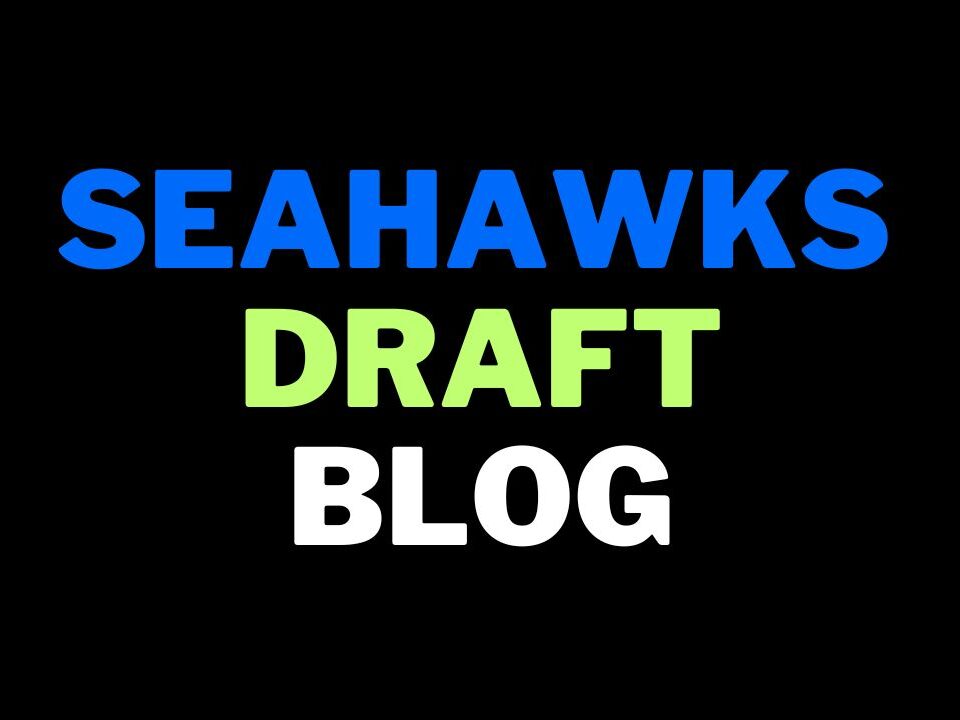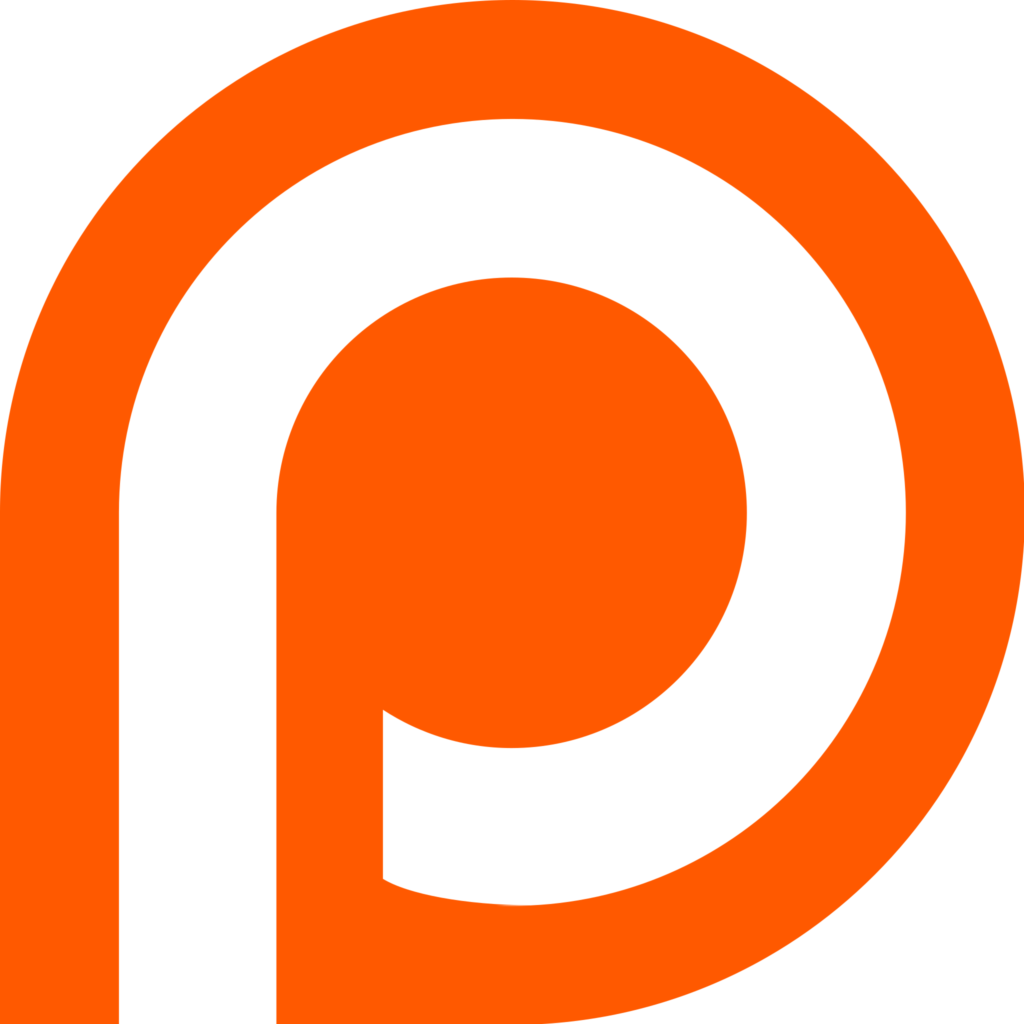— The Seahawks haven’t had a running game crisis like this since the end of the 2010 season. Pete Carroll stated, clearly, at the end of that season that fixing it would be a priority. He made similar noises in his latest press conference. The response in 2011? Seattle spent their first two draft picks on James Carpenter and John Moffitt. When the lockout concluded, they signed Zach Miller and Robert Gallery.
When the Seahawks have a need they tend to go after it aggressively. And this is, clearly I think, Seattle’s biggest problem. Carroll will coach up and field a capable defense. Without the running game, one of they key focal points of his identity isn’t there. The circle is incomplete.
It’s still very early in the process. Things will change. There’s a reason, however, that we’ve spent an increasing amount of time looking at Ronald Jones II, Isaiah Wynn and Billy Price for their first pick. These are three of the players that give you a chance to properly address the running game and take the offense forward.
If they ended up trading Earl Thomas and acquiring another high pick, it wouldn’t be a total surprise if they added two of Jones II, Wynn and Price. Just at they targeted Carpenter and Moffitt in 2011.
There are defensive options that could be appealing. Maurice Hurst, Derwin James. Others too. Yet fixing the run is absolutely crucial. And Jones II, Wynn and Price are all worthy of top-25 consideration.
— With Jimmy Graham almost certainly on the way out and Luke Willson also a free agent, the Seahawks have to do something at tight end. That could be a free agent pick-up but it could also be a draft pick. Following the Graham experiment, it feels like they’re more likely to target a tight end who can block.
We’ve talked about Notre Dame’s Durham Smythe. He’s a classic ‘Y’ tight end and has shown a strong ability to feature as a blocker. At the Senior Bowl he also impressed mightily as a pass catcher. He’s well sized with a good character.
Smythe is one to watch. He has short arms though — not ideal for blocking at the line or competing for difficult red zone catches. The tight end class across the board is a bit overrated and Seattle’s options might be quite narrow. Thankfully, there’s a Stanford tight end who could also provide a solution.
Dalton Schultz is a terrific blocker. Look at the play below. Schultz goes 1v1 with the DE. He stones him at the LOS and then dumps him to the ground and finishes the block:
This is what the Seahawks need. A tight end who can actually excel as a blocker.
The difference between Schultz and Smythe appears to be length. Schutlz is tall and long but lighter (estimated to be 242lbs). Yet his ability to keep his frame clean, lock on and sustain blocks is crucial. Here’s what Lance Zierlein noted when watching Schultz:
Very tenacious and tough as a blocker. Well-schooled in blocking fundamentals. Leaned on as vital part of the run blocking unit. Initial hand placement is good. Ability to sustain and finish. Improves positioning after contact and can generate some movement at point of attack without a double team. Gave it to USC’s Rasheem Green on more than a couple of snaps when matched head to head.
Statistically Schultz has not been a big feature. Stanford have long been a run-heavy team and if anything that has increased since the Andrew Luck days. Schultz’s main responsibility is to block. I don’t think you can read too much into his paltry 555 receiving yards and five touchdowns in three seasons. He’s done what he’s been asked to do.
It could actually work in Seattle’s favour. While the rest of the league is looking for big slot receivers acting as tight ends, we know the Seahawks want to play a more classical style. They drafted Nick Vannett in round three. They might be able to land Schultz in a similar range.
There are solutions in this draft class for the Seahawks. A long list of running backs. A similarly long list of interior lineman. Now two good tight ends that excel at blocking. If ever there was a year to try and fix the running game, the 2018 draft could provide a jump start.
Here’s another video highlighting some of Schultz’s talents as a receiver/blocker:
Final TE is Stanford Senior Dalton Schultz. Tall, more thin frame (6'6, 242), with long arms. Gets after it in run game blocking as Stanford TE's do. Excellent with inline down block, stretch, drive, etc. Limited pass opps, but looks like a fluid athlete w plus catching ability. pic.twitter.com/pEDRNd9uEA
— Jake Burns (@jake_burns18) November 17, 2017
— One other name to perhaps keep an eye on is Texas Tech receiver Keke Coutee. This isn’t a particularly exciting draft in terms of legit first round talent — but there are plenty of intriguing names for the middle and later rounds. Coutee could be one of those gems where a few years down the line, you wonder how he lasted as long as he did. Take a look:
It's time we start talking about one of the better WRs in this class. His name is Keke Coutee and his game is very reminiscent of T.Y Hilton. Love how comfortable he looks catching the ball away from his frame, his ability in space and of course, his speed! pic.twitter.com/snXmsNLztf
— The Mick Nartin™ (@themicknartin) January 10, 2018
Finally — if you missed it yesterday I was invited onto the Tasteful Profanity podcast. Have a listen using the box below:
You can now support Seahawks Draft Blog via Patreon by clicking the tab below.


